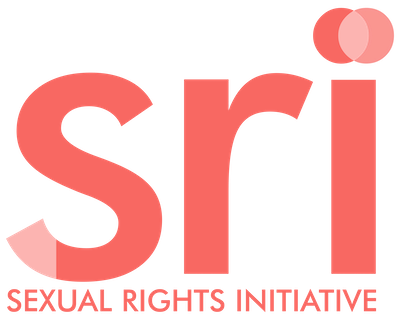Session
National Report
Para 14) Morocco has taken steps to incorporate the Sustainable Development Goals into national strategies which emphasize the importance of … gender equality, … In 2017, these efforts were crystallized in the adoption of the National Sustainable Development Strategy for 2030.
Para 30) The objectives behind the New Model for Development are to double per capita gross domestic product by 2035, ensure that 90 per cent of students in primary education acquire the key learnings needed for their skills development, step up the level of medical training in order to meet World Health Organization standards, reduce the rate of employment in the non-regulated sector to 20 per cent, and increase the female labour participation rate to 45 per cent.
Para 43) The Government has pursued efforts to mainstream equality with the implementation of the second iteration of the Government Plan for Equality (Ikram) 2017–2021, which is designed to support the advancement of women, ensure that they are protected from all forms of violence and discrimination, boost their participation in decision-making and provide them with more opportunities for economic empowerment. Other programmes and policies on the advancement of women have been adopted, including the Integrated National Programme for Women’s and Girls’ Economic Empowerment, 2030 (Empowering Morocco), the Strategy on Gender Equality in the Public Sector, and the National Strategy on the Elimination of Violence against Women and Girls, 2030. Steps have been taken to improve mechanisms and structural arrangements designed to support women in difficult circumstances and women victims of violence. A national support committee for women victims of violence has been set up along with the Refuge and Support Programme, which was developed to boost institutions that support women. The National Committee for Gender Equality and the Advancement of Women was established in 2022.
Para 106) The Kingdom of Morocco takes continuous action to support women’s rights and to promote equality in the interests of equity. The amendment of the legislation concerning elections and the establishment of a support fund to encourage women’s representation in politics has led to an increase in women’s participation in political life. The general parliamentary, communal and regional elections held on 8 September 2021 led to an increase in their political representation. The percentage of women elected to regional councils rose to 38.5 per cent (compared to 37.6 per cent in the 2015 elections), the percentage elected to provincial councils rose to 35.6 per cent (compared with 4.5 per cent in the 2015 elections) and the percentage elected to communal councils rose to 26.64 per cent (compared with 21.2 per cent in the 2015 elections). There has also been a major increase in women’s representation in Parliament. The number of women members of the House of Representatives increased from 81 women, or 20.5 per cent, in 2016 to 96 women, or 24.3 per cent, in 2021. The number of women in the House of Councillors has remained stable. Women have been elected to 14 of the 120 seats, which represents 11.67 per cent of Councillors. The percentage of women ministers in the current Government has increased significantly. They account for one third of the members of the current Government, and women hold seven strategic ministerial portfolios out of a total of 28 ministerial posts, compared to just four women ministers in the previous Government. Para 107) There has also been a remarkable improvement and a trend towards parity in women’s access to the civil service. The percentage of women occupying senior posts increased from 10.11 per cent to 16.97 per cent during the period from 2014 to 2020, and the percentage of women occupying positions of responsibility increased from 19.71 per cent to 24.61 per cent during the same period.
Para 108) Women’s access to professions under the Justice Plan has been boosted in order to achieve equality between women and men. As a result, 299 women currently practice the legal profession, thereby accounting for 37.38 per cent of successful candidates in the examination to join the profession.
Para 109) Women’s economic empowerment remains a challenge to the advancement of women. Notwithstanding the implementation of relevant national programmes and policies, such as the Integrated National Programme for the Economic Empowerment of Women by 2030, women’s economic activity rate in 2020 failed to exceed 19.9 per cent.
State under Review
Issues
National Report
Stakeholder Summary
Para 39) Advocates for Human Rights (AFHR) was concerned that women faced social and economic barriers for remaining in the workforce.
Para 60) Some organizations were concerned at the high rate illiteracy of women particularly in rural areas, which resulted in little access for women to decision-making positions and employment.
Stakeholder Summary
UN Compilation
UN Compilation
Para 5) While also acknowledging the leadership role of the National Human Rights Council in the area of gender equality and women’s rights, …
Para 30) In 2020, the Committee of Experts on the Application of Conventions and Recommendations of the International Labour Organization (ILO) trusted that Morocco would implement its gender equality mainstreaming policy in the public service and continue promoting the employment of women at all levels, including in supervisory posts.
Para 34) CEDAW welcomed the adoption of Act No. 9-21, on social protection, in March 2021.
Para 54) CEDAW noted that COVID-19 had exacerbated gender disparities in employment, domestic work, and access to health and education.
